American Government: Case Study on Privacy, Public Safety, and the Law
VerifiedAdded on 2022/08/27
|5
|862
|24
Report
AI Summary
This report delves into the crucial issue of privacy rights within the framework of American government, focusing on the balance between individual liberties and public safety. It begins by establishing the historical context of privacy rights, noting that while the U.S. Constitution doesn't explicitly mention a right to privacy, various amendments, particularly the Fourth and Fifth, offer protections against unreasonable searches and the misuse of personal information. The report then examines the Carpenter vs. United States case, a landmark decision concerning the privacy of historical location records obtained from mobile phones. The FBI acquired cell-site location information (CSLI) of a suspect without a warrant, leading to a Supreme Court ruling that the government's actions violated the Fourth Amendment. The report concludes that while the government can acquire personal information for national security and public safety, it must obtain a search warrant first. The paper emphasizes the importance of civil liberties and the role of politicians in protecting these rights, underscoring the need for a balance between public safety and individual privacy.
1 out of 5
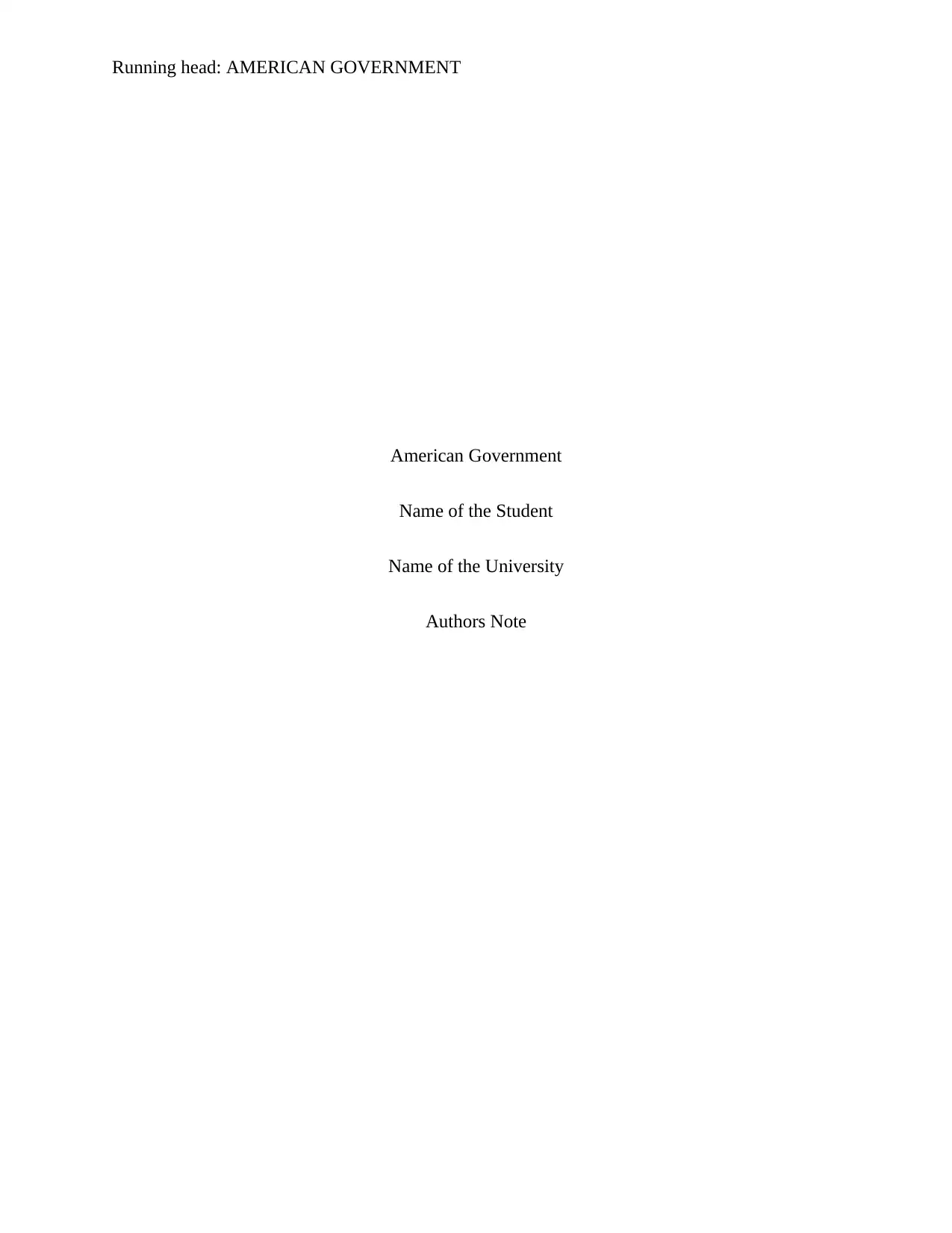
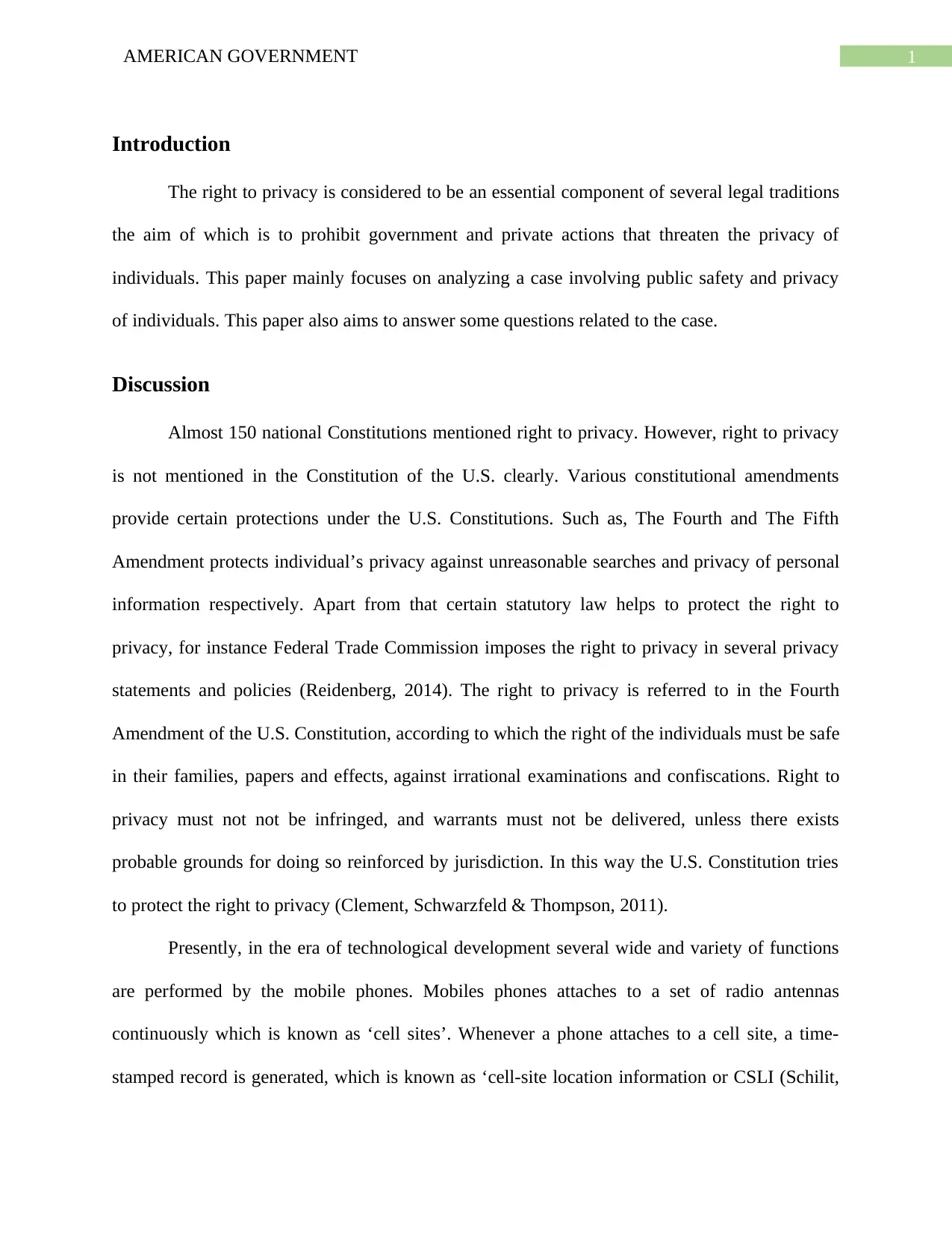
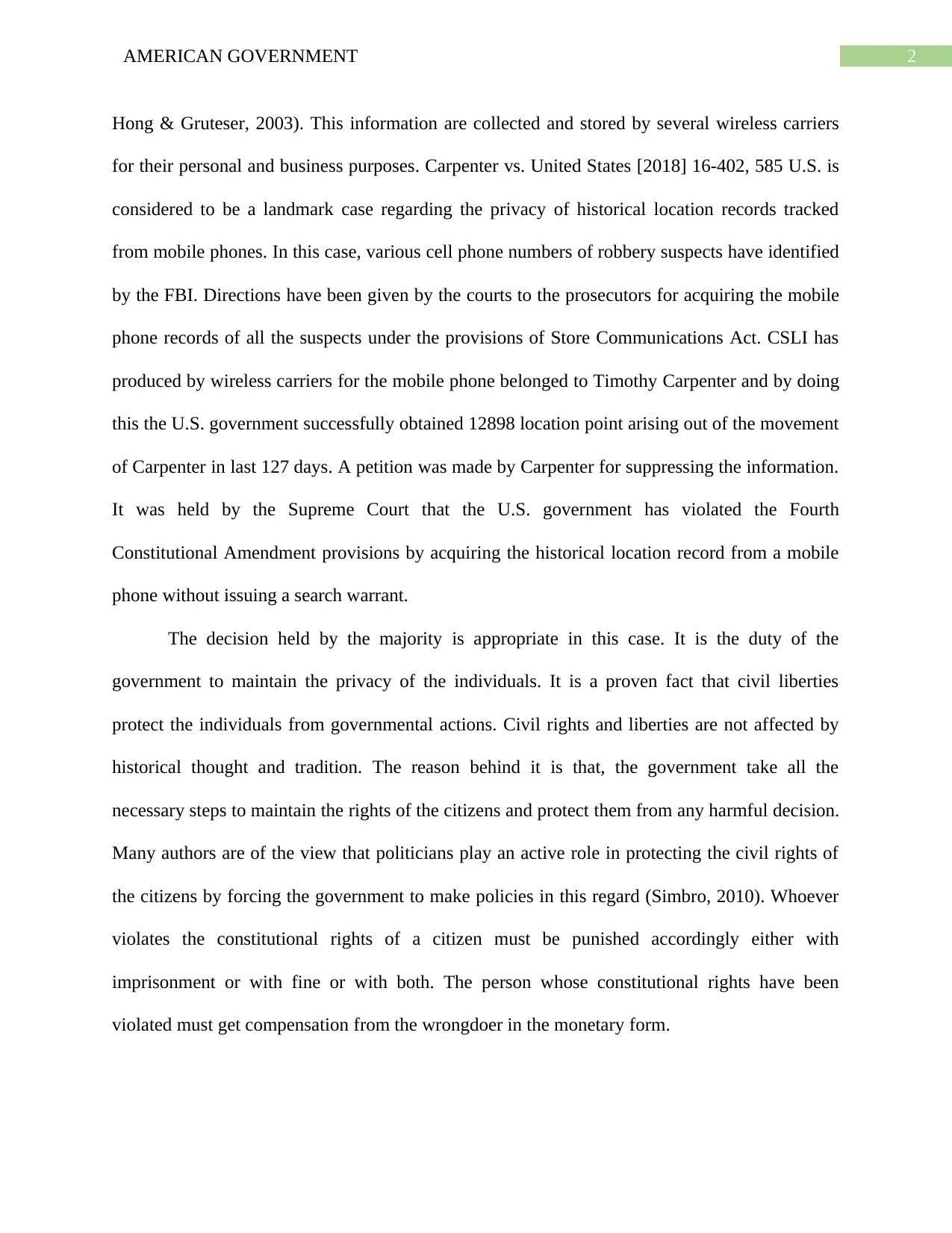

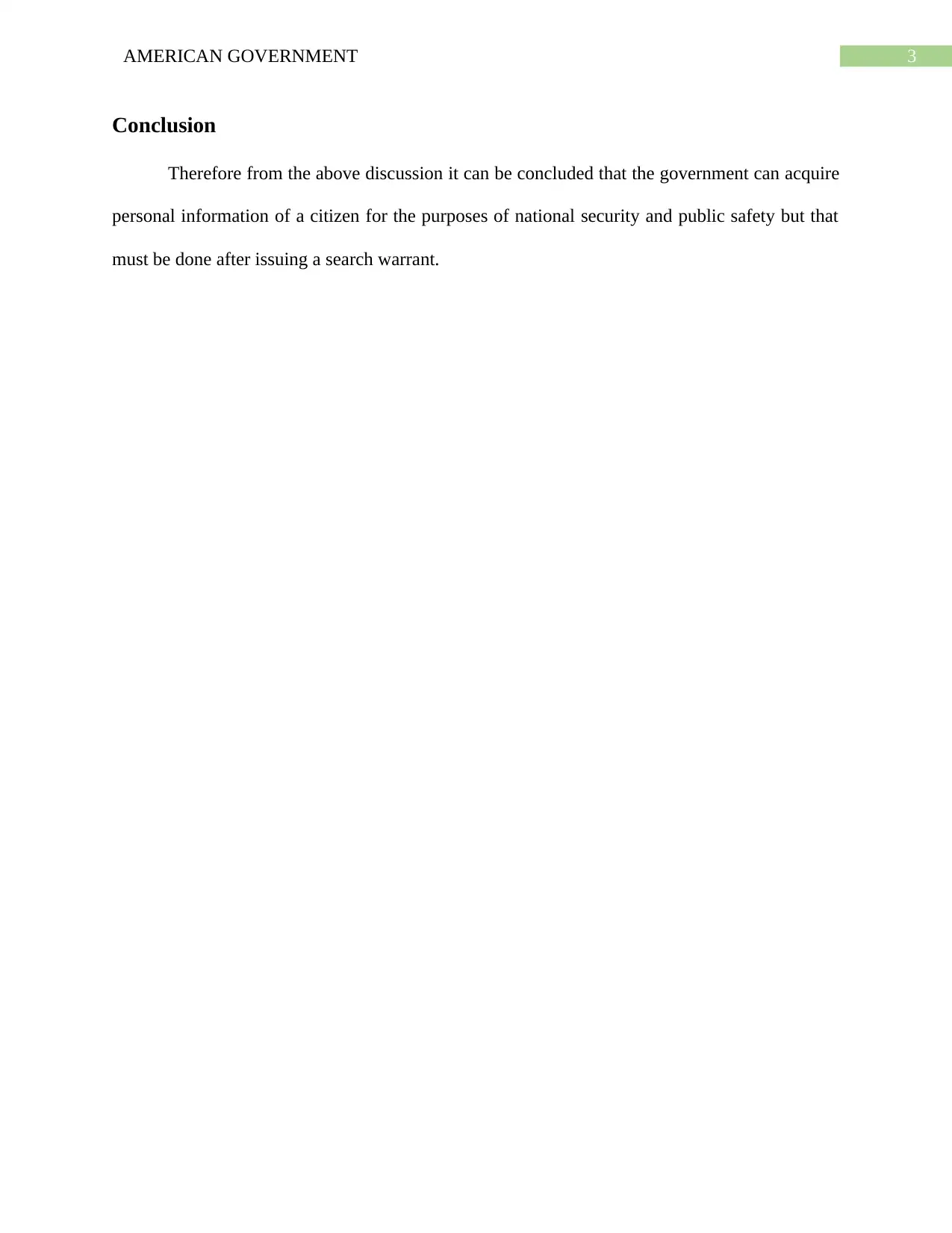
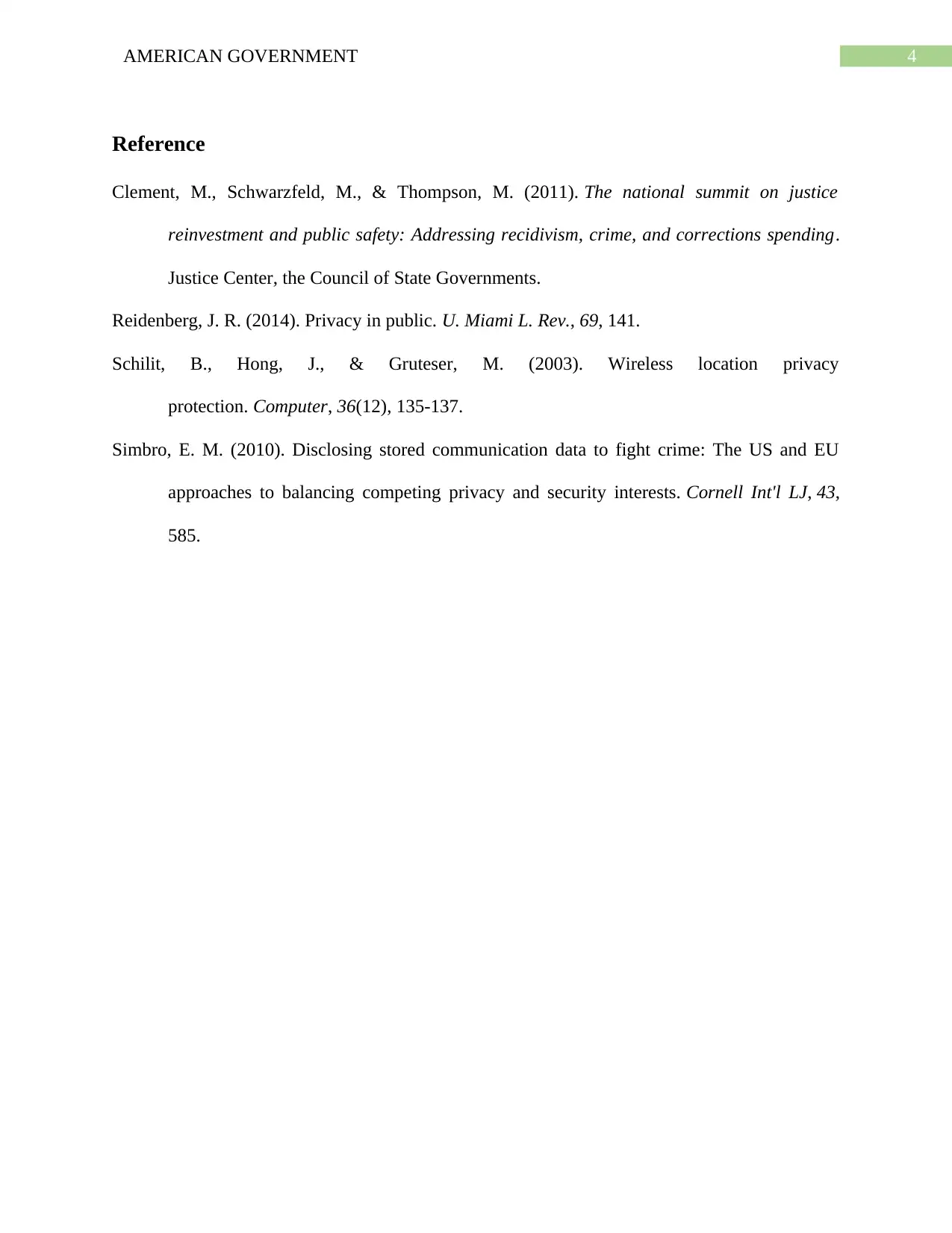





![[object Object]](/_next/static/media/star-bottom.7253800d.svg)